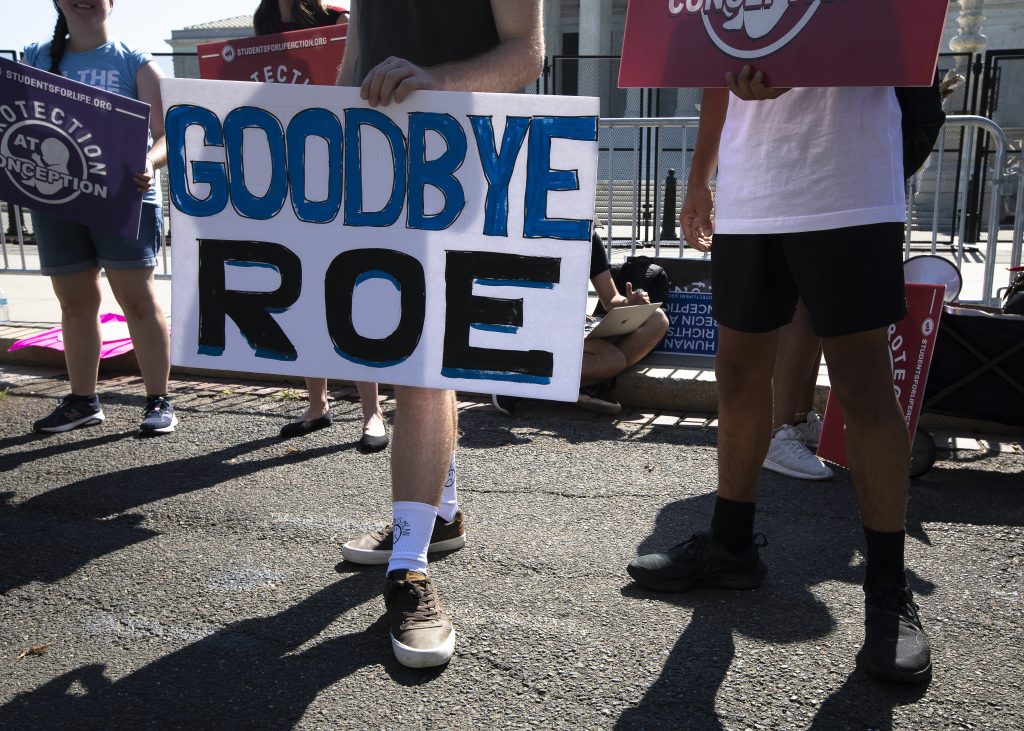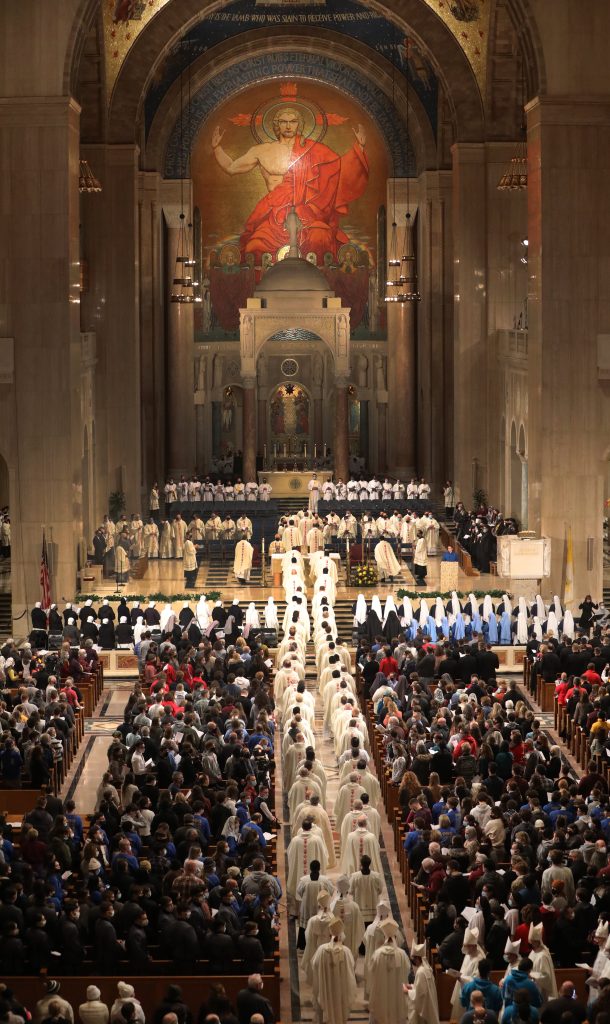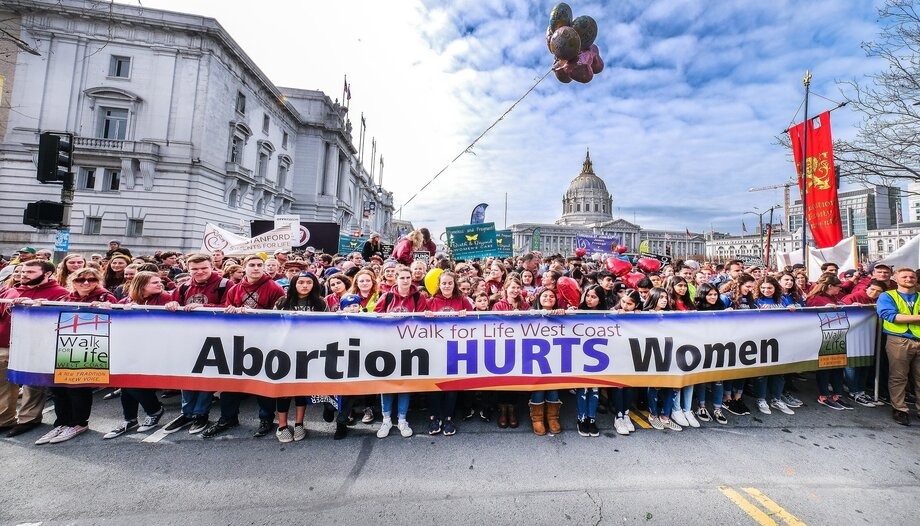In June 2022, the U.S. Supreme Court made history and created controversy. The justices overturned the Roe v Wadewhich established as a principle the right of women to have the right to aborting the baby.
Since the Court issued its decision, state governments have taken legislative action either to protect women seeking abortions or to outlaw abortions. The complicated web of U.S. legislative and political bodies is a very complex one, and there is still a long way to go in the fight for the right to life. To continue the progress, many "pro-life" people have taken to the streets of the country in a march for life.
Roe v. Wade
In 1973, the U.S. Supreme Court ruled that included in the constitutional right to privacy was the right to abortion, whereby a woman may choose to terminate a pregnancy.
Since then, abortion became legal and was practiced in thousands of clinics throughout the country, protected by the public authorities. Not only was abortion no longer an unpunished act, but the ruling declared it a fundamental right.
Planned Parenthood v. Casey
That 1970s ruling suffered a first blow in 1992, with another new decision by the Court. A new case brought to light the flaws in the privacy arguments on which the right to abortion was based. In one clear example, it was argued that a married woman was required to inform her husband and sign a document attesting to this, which clearly violated the right to privacy. In addition, many clinics were required to write reports before performing abortions.
This 1990s ruling changed the legislative landscape regarding abortions, but did not outlaw them. It was annulled, in part, Roe v. WadeHowever, there was still a fundamental right to end the life of the unborn.
Dobbs v. Jackson Women's Health Organization
In June 2022, the U.S. Supreme Court issued a new ruling. This time, the blow was much more definitive. The U.S. justices completely overruled Roe v. WadeThe right to abortion is not included in the constitution and there are not enough historical roots to consider it, even in a subjective way, as an essential element to be defended by the laws.

This sentence implies that states can regulate with much more freedom the access to abortion, so that it can be completely illegalized by political institutions or still be allowed to be practiced. Each state, therefore, makes the decision, always bearing in mind that the right to abortion does not exist, or at least not in the constitution.
March for Life
Every year during the month of January, pro-lifers take to the streets of the United States to fight for the rights of the unborn. Before taking to the asphalt and filling the cities, "pro-lifers" gather for a vigil, leaving everything in God's hands and praying for the unborn. But the 2022 March for Life, which has also had its vigil, is different from previous years, since the battle has already been won at the Supreme Court. The next step is the Capitol, that is, the seat of Congress.

Having established a basis in case law (which plays a fundamental role in the U.S. legal process), the pro-life movement now wants to seek support in the directly legislative and representative sphere, which is why they are turning to the political chambers.
The specific request? That congressmen support the right to life or step down from public office. The goal? To continue to protect the rights of the unborn by increasing the 60,000 babies that have already been saved since it was cancelled Roe v. Wade.







